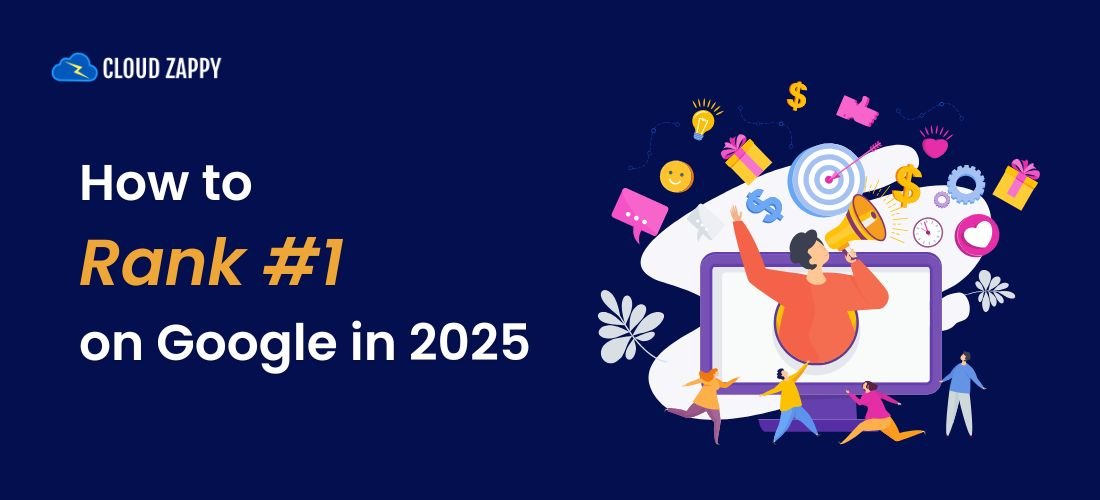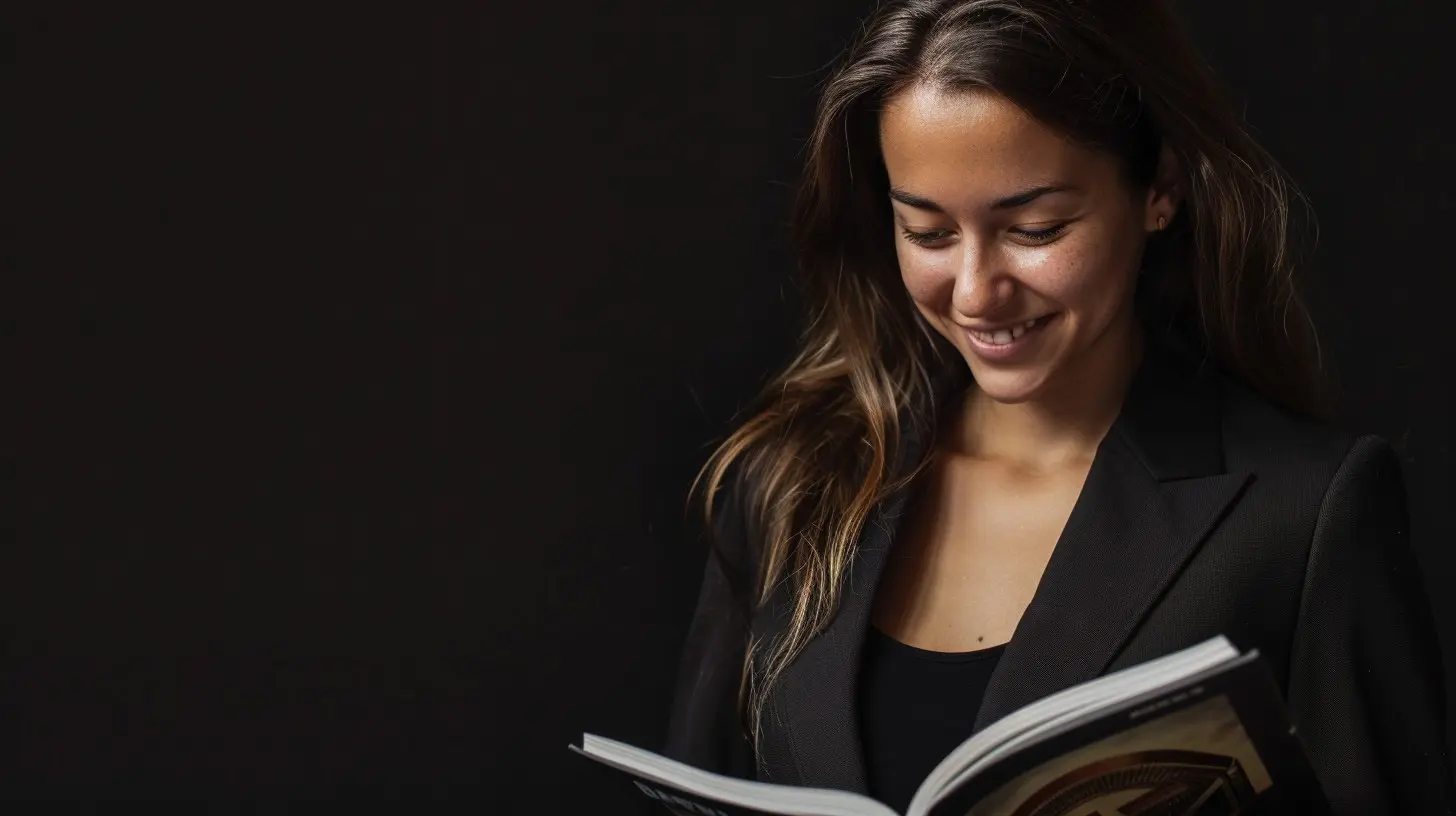Artificial Intelligence (AI) has transformed numerous industries, and one of the most exciting advancements is in the field of image generation. AI image generator have revolutionized digital art, graphic design, and content creation, offering incredible tools for both professionals and hobbyists. This article explores the technology behind AI image generators, their applications, benefits, and potential challenges.
What is an AI Image Generator?
An AI image generator is a software application powered by machine learning and neural networks that creates realistic and high-quality images from text prompts, sketches, or even existing images. These tools use deep learning algorithms trained on vast datasets of images to produce unique and creative visuals in seconds.
How AI Image Generators Work
AI image generators use advanced technologies such as Generative Adversarial Networks (GANs) and Diffusion Models to create images. Here’s a breakdown of how they work:
- Training on Large Datasets: AI models are trained using millions of images, allowing them to learn patterns, colors, and artistic styles.
- Understanding Prompts: Users input text descriptions (e.g., “a futuristic city at sunset”), and the AI interprets the request.
- Generating the Image: The AI processes the text using deep learning and renders an image that matches the description.
- Refinement: Many AI generators allow users to tweak details such as colors, resolution, and style.
Popular AI Image Generators
Several AI-powered image generators have gained popularity due to their impressive capabilities. Some of the most well-known ones include:
- DALL·E 2 – Developed by OpenAI, this tool generates highly realistic images based on text prompts.
- MidJourney – A powerful AI tool popular among digital artists for its creative and artistic image generation.
- Stable Diffusion – An open-source AI generator that allows users to create stunning images on their own devices.
- Deep Dream Generator – Developed by Google, this tool applies deep learning to create dream-like visuals.
Applications of AI Image Generators
AI image generators have vast applications across various industries, including:
1. Digital Art and Creativity
AI-powered tools enable artists to generate stunning artwork, experiment with new styles, and enhance creativity without traditional artistic skills.
2. Marketing and Advertising
Marketers use AI-generated visuals to create unique advertisements, social media content, and branding materials quickly and efficiently.
3. Game Development
AI-generated graphics help game developers create characters, environments, and textures, reducing the time and effort required in the design process.
4. Interior and Fashion Design
Designers can use AI tools to visualize new styles, patterns, and interior layouts, making the creative process more efficient.
5. Education and Research
AI-generated images can be used for educational materials, scientific research, and data visualization, enhancing learning experiences.
Benefits of AI Image Generators
1. Speed and Efficiency
Traditional digital art creation can take hours or even days. AI image generators can produce stunning images within seconds, making them a valuable tool for businesses and individuals.
2. Cost-Effective
Hiring professional artists or purchasing stock images can be expensive. AI generators provide an affordable alternative for creating high-quality visuals.
3. Customization and Versatility
AI-generated images can be tailored to specific needs, including different artistic styles, colors, and themes.
4. Accessibility for Non-Artists
Anyone, regardless of their artistic skills, can create professional-looking images using AI tools, democratizing digital creativity.
Challenges and Ethical Concerns
Despite their advantages, AI image generators also present challenges and ethical dilemmas:
1. Copyright and Ownership Issues
Who owns an AI-generated image? The creator of the prompt or the AI developers? These legal concerns are still under debate.
2. Potential for Misinformation
AI can generate highly realistic images that may be used for fake news, deepfakes, or misleading information.
3. Impact on Traditional Artists
Many artists fear that AI-generated art could replace traditional artistic professions, reducing job opportunities in the creative industry.
The Future of AI Image Generation
AI image generation is evolving rapidly, with new tools and improvements being developed constantly. Future advancements may include:
- Higher Resolution and More Realism – AI will produce even more lifelike and detailed images.
- Better Ethical Guidelines – Stricter regulations may be introduced to address copyright and misuse issues.
- Integration with Other Technologies – AI-generated visuals may integrate with augmented reality (AR) and virtual reality (VR) for immersive experiences.
Final Thoughts
AI image generators are transforming the creative landscape, making digital art more accessible and efficient. Whether you are a business, an artist, or a casual user, these tools offer exciting possibilities for visual creation. However, ethical concerns must be addressed to ensure responsible use.
As AI technology continues to advance, we can expect even more impressive and innovative applications in the future. Stay updated with the latest trends and explore the power of AI image generation to unlock new creative potentials!
For more insights on AI and digital trends, follow TechWorldNews.co.uk.




